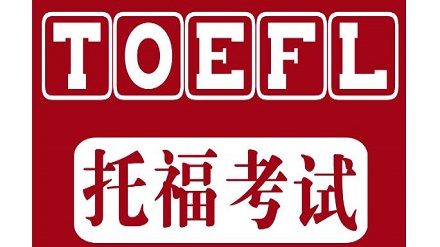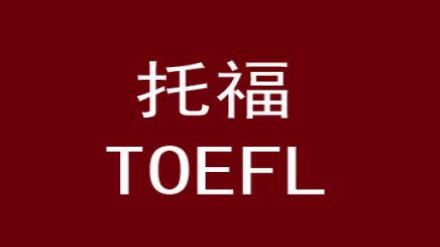2013年3月24日托福阅读考察三篇文章请大家分别参照TPO13的Methods of studying infants perception,TPO8的Running Water on Mars,TPO22的The Birth of Photography。
第一篇 婴儿对物体的认识(infant perception)
版本一:
有几个例子,1、一个P***********认为婴儿有个什么principle,把两个物体的表面在一起以为是同一物体,还做了个实验。他觉得这种现象是婴儿天生的born built-in。还做了个实验,球在screen后面滚向墙壁,然后放另外的板子在原来前后blabla,如果不是新题的话我也懒得说了,自己找去2、另一个科学家觉得婴儿的blabla能力是后天expierence里面获得的blabla。。。
版本二:
文中主要有两种观点,先说婴儿有些能力是天生的,知道物体是怎样运动的,如果你给他看一个连续的物体运动,一直重复,他会不耐烦,失去兴趣;后来又有一种观点,认为这种能力不是天生的,但是可以根据后天的经历进行调整,学习什么的,并且做了一个实验,由三个小实验组成婴儿对那个最奇怪的实验 (screen动了之后,球出现在impossible出现的地方)感兴趣……
版本三:
讲一个关于孩子是生来就具备了解object的能力还是后来慢慢培养的。有个人说是生来就是有的(内含两个分论点),做了实验。有图三个,墙和两个小球位置。证明三五个月孩子知道球不能穿过墙。又有个反对,他说生来有很少一些,根据experience后天增长的更多。做实验。
Infant Cognitive Development
Definition: The cognitive development of infants is the part of developmental psychology that studies the internal mental states of infants and very young children. How infants begin to think, remember and process information is valuable knowledge to many disciplines, and remains largely unknown due to experimental challenges, philosophical questions (nativism), and infant amnesia.
Development of Common Sense
Causality Rules
Babies less than a year old can distinguish causal events from non-causal ones that have similar spatio-temporal properties. When one solid object appears to pass through another, infants are surprised. They distinguish objects that move only when acted upon from ones that are capable of self-generated motion (the inanimate/animate distinction).
Other People
They assume that the self-propelled movement of animate objects is caused by invisible internal states—of goals and intentions—whose presence must be inferred, since internal states cannot be seen.
Physical Laws
Largely thanks to the innovative strategies developed by Renee Baillargeon and her colleagues, considerable knowledge has been gained in the last 25 years about how young infants come to understand natural physical laws. Much of this research depends on carefully observing when infants react as if events are unexpected. For example, if an infant sees an object that appears to be suspended in mid-air, and behaves as if this is unexpected, then this suggests that the infant has an understanding that things usually fall if they are not supported. Baillargeon and her colleagues have contributed evidence, for example, about infants’ understanding of object permanence and their reasoning about hidden objects.
Symbolic Thought
Symbolic thought refers to the ability to use words, images, and other symbols to represent words or feelings. During the preoperational stage a child's capacity for symbolism increases, this is shown by their increase in language use during this stage. This can also be seen by the way children play with objects, a stick becomes a sword and a box becomes armor. Children in this stage still might not understand that a map represents a real place, and that a picture of food does not have a smell.[ ^ Hockenbury,Don and Hockenbury, Sandra "Discovering Psychology:Fifth Edition". Worth Publishers, 2010, p. 389.]
Self-awareness
Self-awareness is widely believed among psychologists to typically develop at about the age of one. Self awareness is the realization that one's body, mind, and actions are separate from those of other people. Tests performed for self-consciousness include applying a dot on a subject's nose, and then placing them in front of a mirror – —if they start to investigate the dot and touch their nose, it appears that they may realize their own existence in a self-aware sense. Most other species will assume that the animal in the mirror is another animal.
Object Permanence
Object permanence is the understanding that an object continues to exist, even when one cannot see it or touch it. It is an important milestone in the stages of cognitive development for infants. Numerous tests regarding it have been done, usually involving a toy and a crude barrier which is placed in front of the toy, and then removed repeatedly (peekaboo). In early sensorimotor stages, the infant is completely unable to comprehend object permanence. Psychologist Jean Piaget conducted experiments with infants which led him to conclude that this awareness was typically achieved at eight to nine months of age. Infants before this age are too young to understand object permanence, which explains why infants at this age do not cry when their mothers are gone – "Out of sight, out of mind". A lack of object permanence can lead to A-not-B errors, where children look for an object at the location where they first discovered it rather than where they have just seen it placed.






